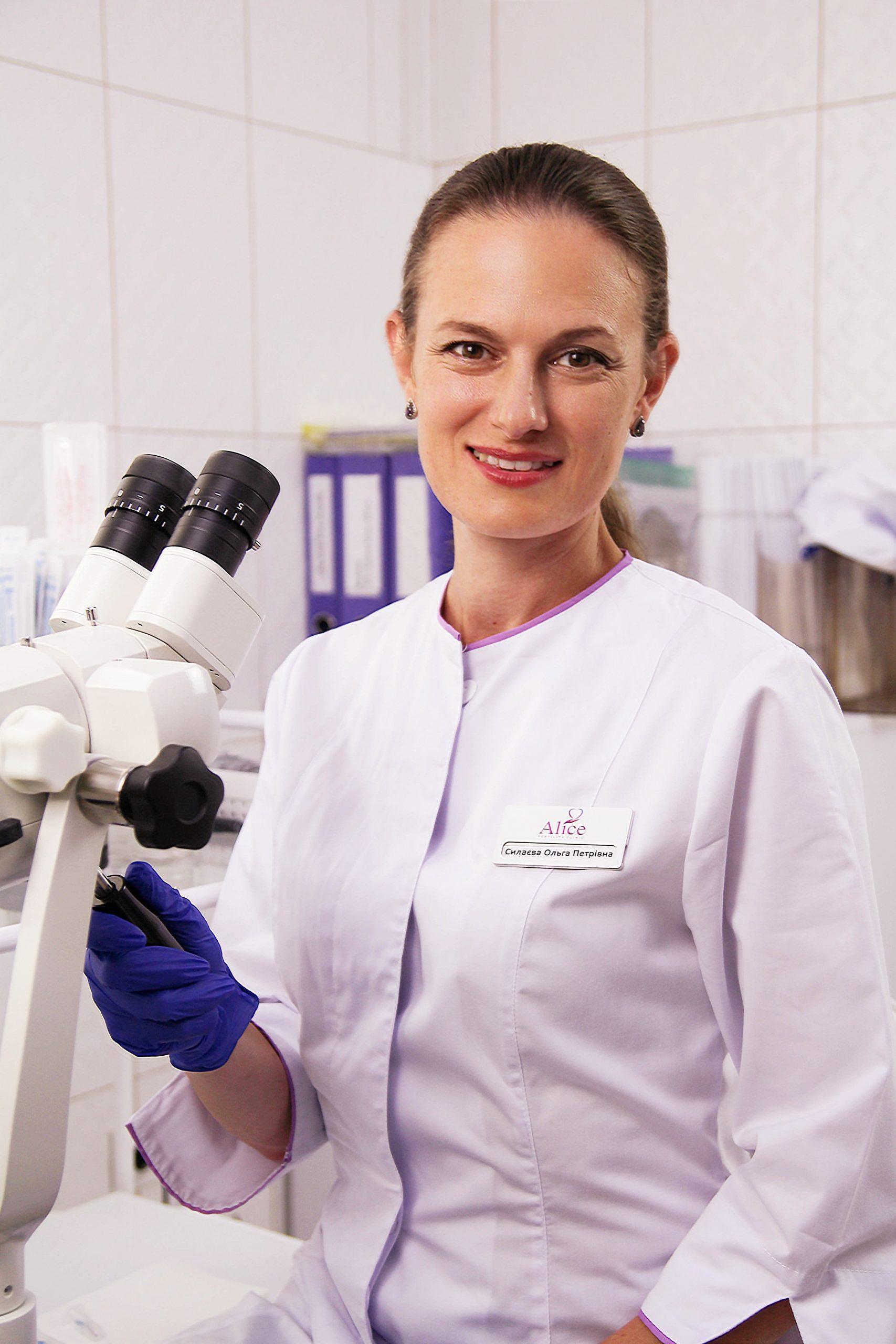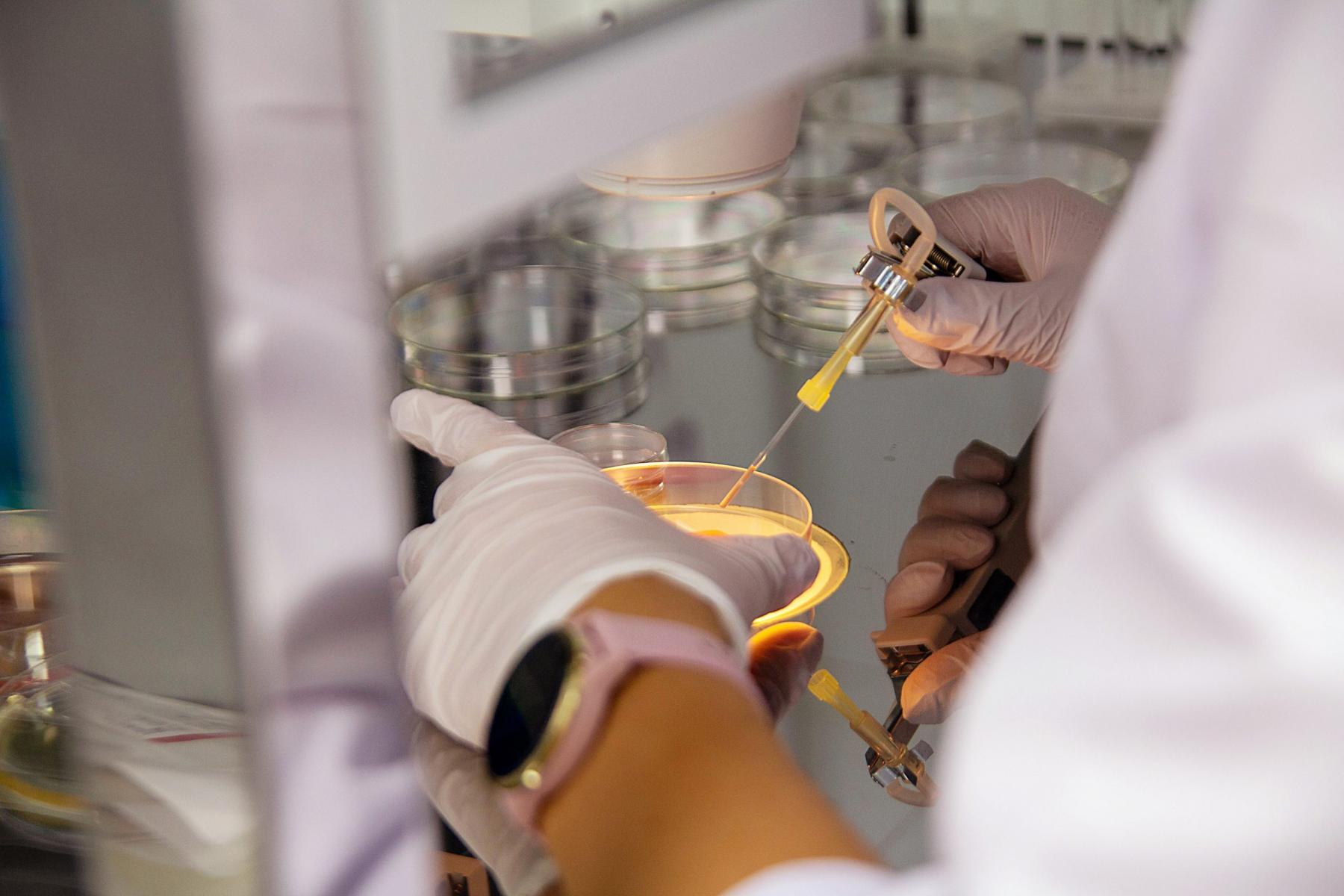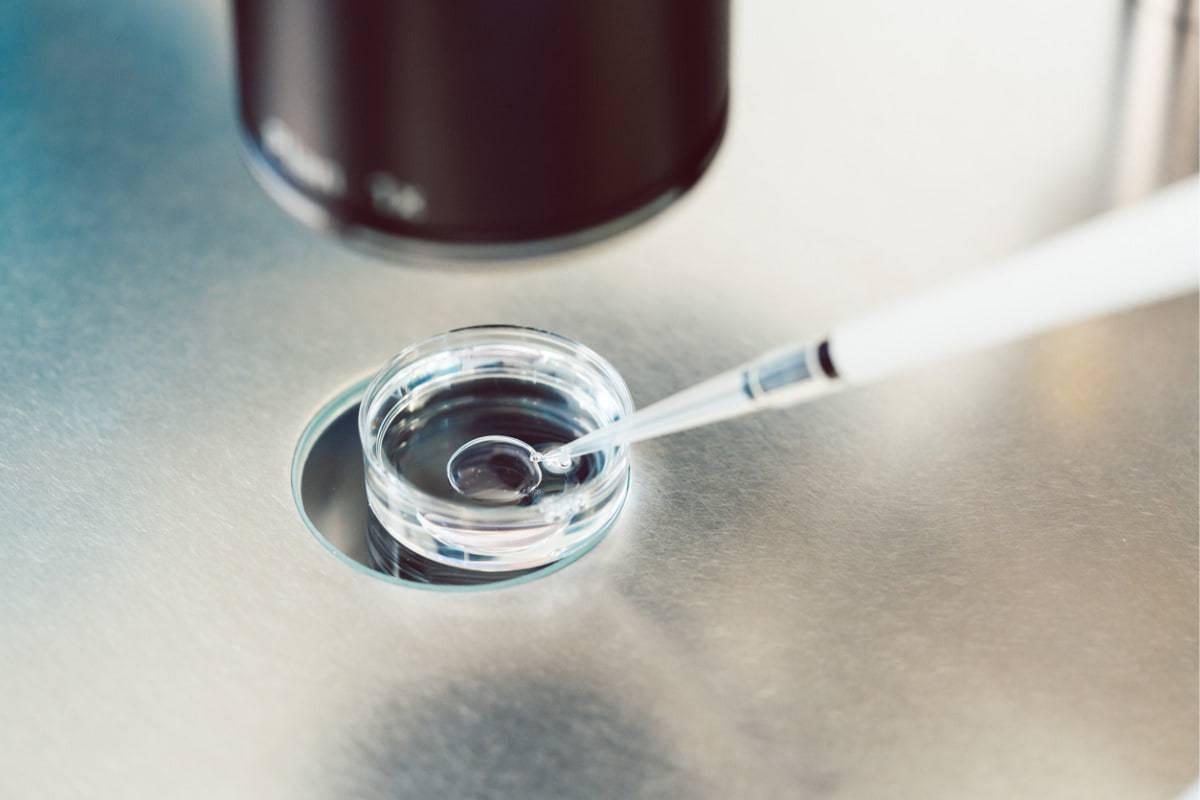Dear readers, at World Center of Baby, we are pledged to keep you informed on everything related to fertility and baby care. This is why we asked our reproductive specialist Olga Sylaeva the most common and exciting questions about fertility treatment to make complex things clear for you. May this be your ultimate pregnancy, birth and parenting guide.
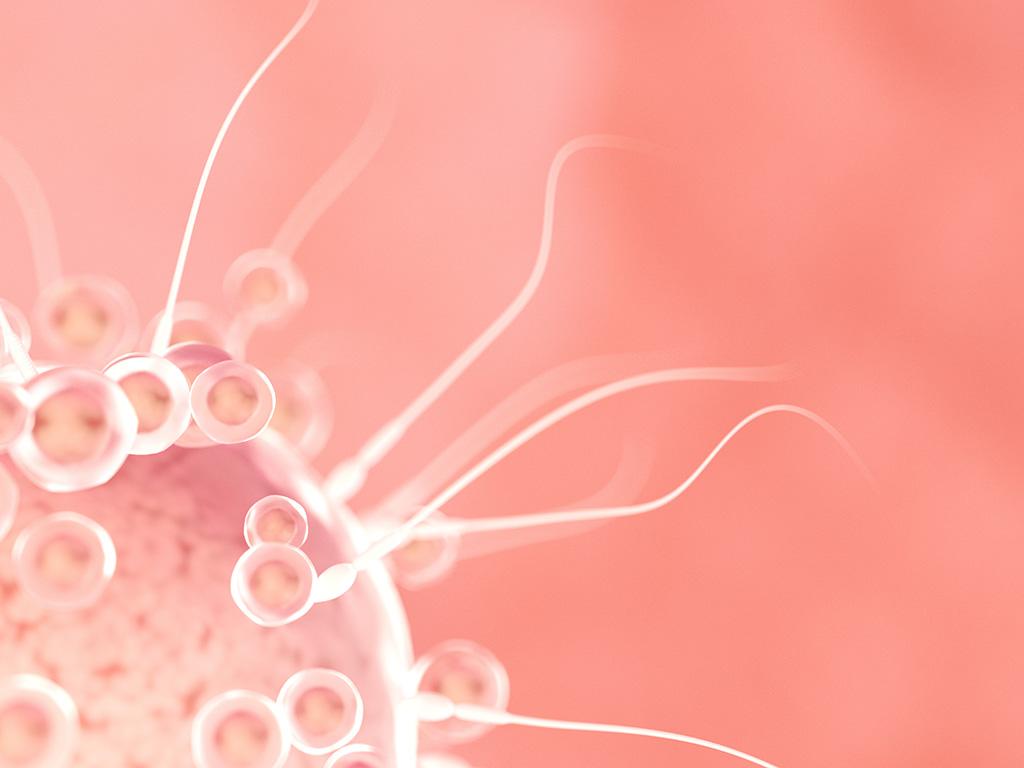
What Are the Main Advantages of Artificial Insemination?
Artificial insemination, like any other medical procedure, must be performed only on medical grounds. It is not done because it is fashionable or because it is prestigious — social goals are not pursued here. It is done solely for a medical condition. There is a diagnosis, there is a chosen program, and there is its implementation. The main advantage of artificial insemination is that it makes it possible to conceive and give birth to a child to those who, unfortunately, are medically unable to do so naturally.
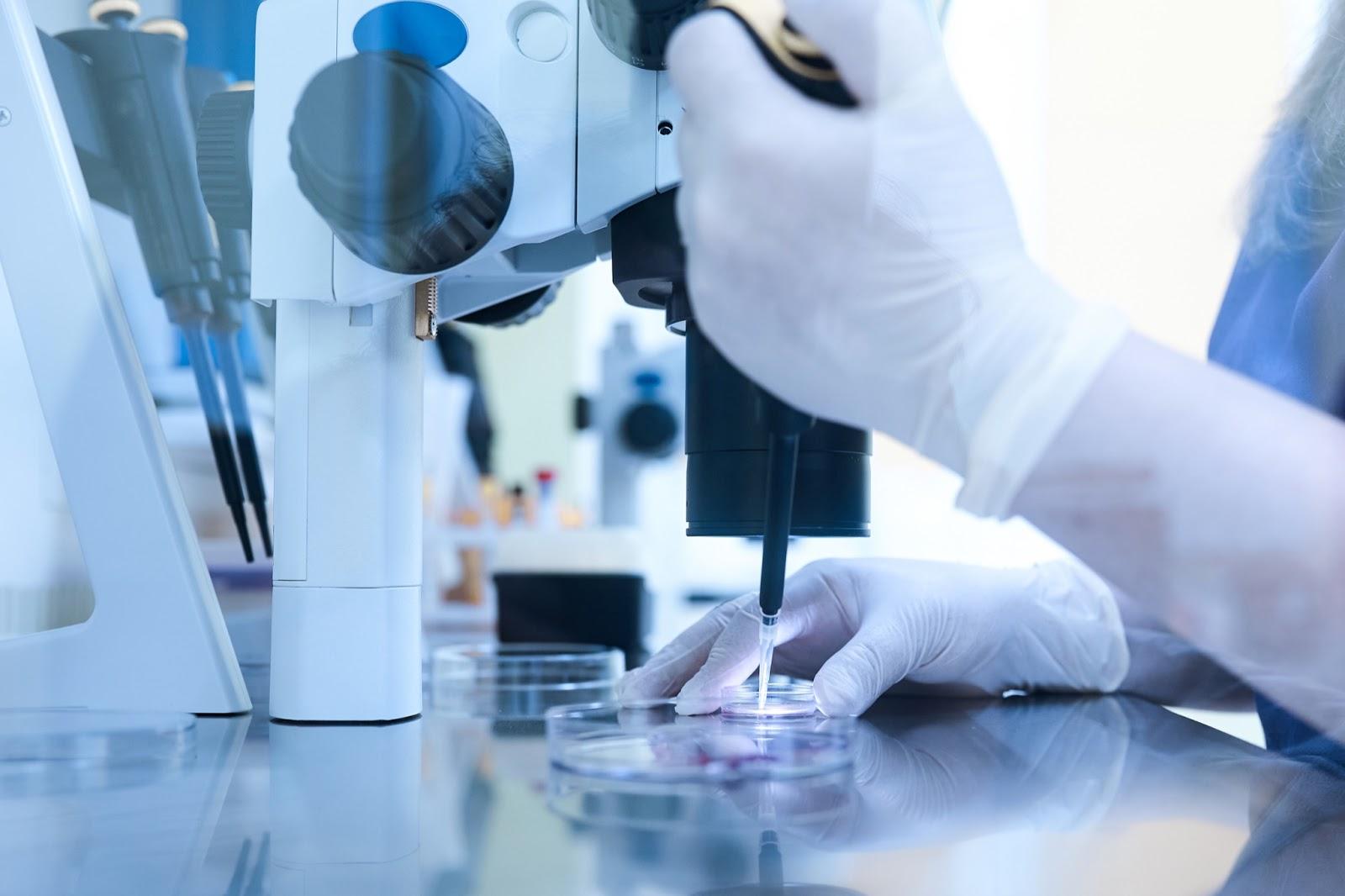
What Factors Impact the Success Rate of Artificial Insemination?
The main criterion by which we assess the program’s success is the birth of a healthy baby. There are international classifications of quality criteria of fertility clinics. We report and make our own statistics on what programs are successful and what are not, how to improve the performance, and what affects the result. So what criteria are considered?
- the age of the patient;
- amount of transferred embryos (one or two);
- characteristics of embryos that have been transferred;
- hormonal tests before the IVF program;
- MIH (Müllerian-inhibiting hormone, the most informative one);
- the thickness of the endometrium during transfer.
All of these criteria reflect a particular stratum of patient categories, and it is in these categories, performance indicators are compared. Then they synchronized, and they form a picture of how the fertility clinic works.
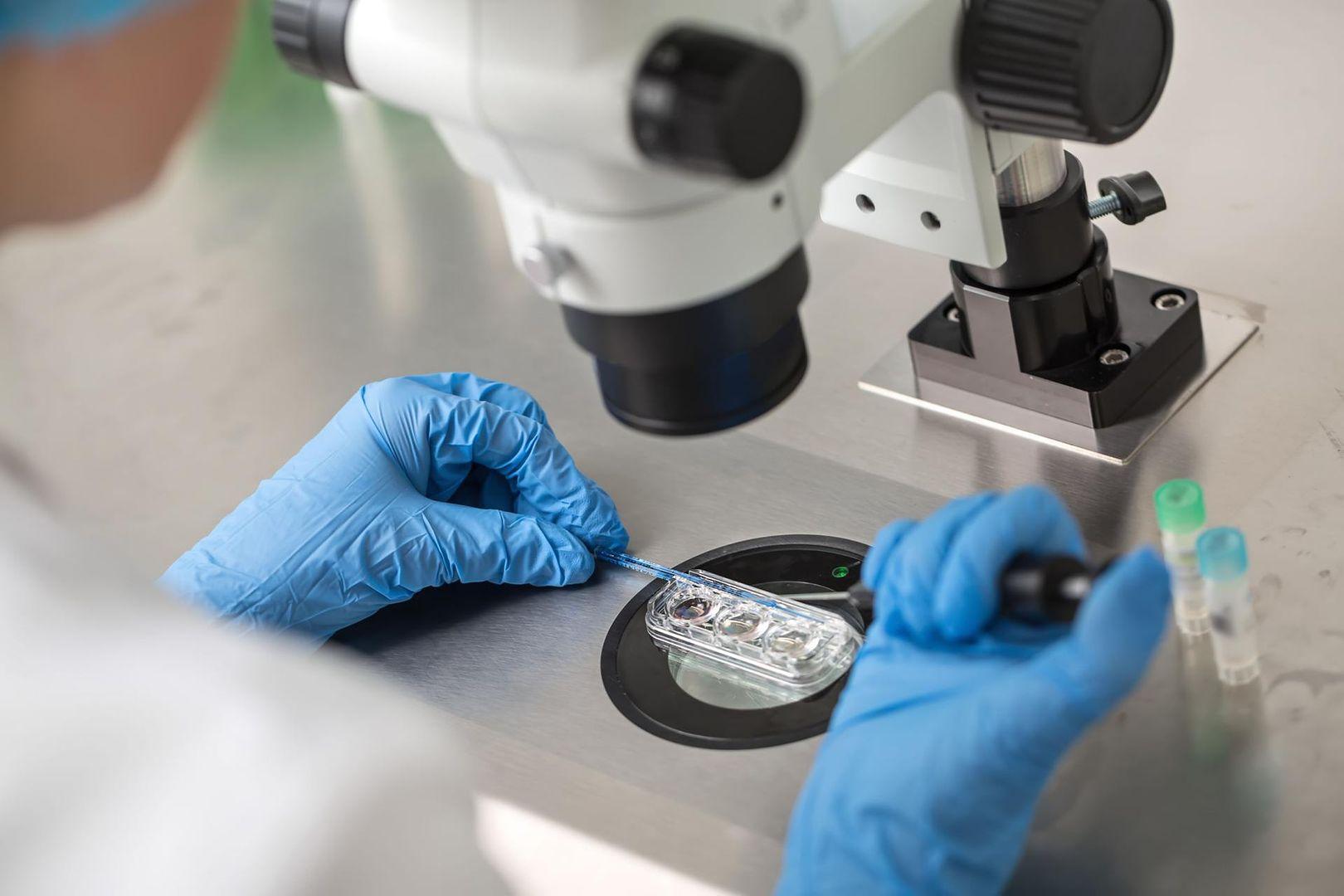
What Is the Most Common Method of Artificial Insemination?
The main and most common method of artificial insemination is the IVF program. What does it include? IVF often goes with the ICSI program (IntraCytoplasmic Sperm Injection). It’s when each egg is fertilized individually by a particularly selected spermatozoon selected. The impact of such programs is more significant, and, therefore, they are used more frequently.
What Are the Other Types of Artificial Insemination?
There are many types of in vitro fertilization. As an option, there is an egg donation program (when, unfortunately, for some reason, a woman is unable to give her eggs, or their quality unfits for fertilization). Another option is surrogacy (when a woman cannot bear a baby naturally for specific medical reasons). Sperm donation programs are also used, and all these programs may be combined in any order.
There is only one exception. It is impossible to combine the surrogacy program with egg donation and sperm donation. According to Ukrainian legislation, a surrogate mother cannot be an egg donor, and one of the intended parents must be biologically connected with the child the surrogate is carrying.
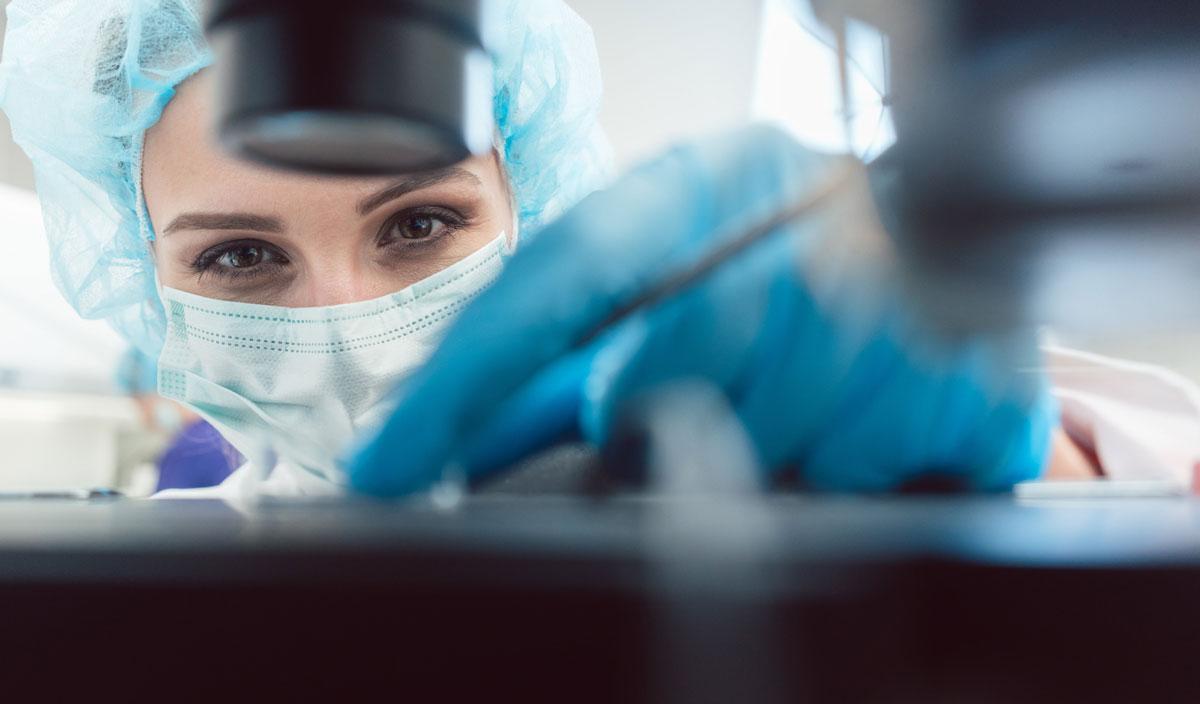
What Happens During an IUI?
IUI stands for Intrauterine Insemination. It’s a program that is infrequently used because its success rate, unfortunately, does not exceed 15-20% (25% max). It’s usually assigned to couples who haven’t tried anything yet. We can prescribe it when we haven’t determined the type of infertility (the so-called ambiguous kind of genesis when we can’t specify it). Still, we know that for over a year, a couple can’t conceive naturally. If it hasn’t been for two years of infertility yet, the program can be used as a starting point for infertility treatment.
What Is the Procedure of Intrauterine Insemination?
The man donates sperm during the period when the woman is preparing for ovulation. We’re processing obtained sperm, meaning we clear it and wash away the protein fractions and everything else. Basically, we do all the same things that a woman does in her cervix. We prepare sperm to get into the womb seamlessly, ready for fertilization.
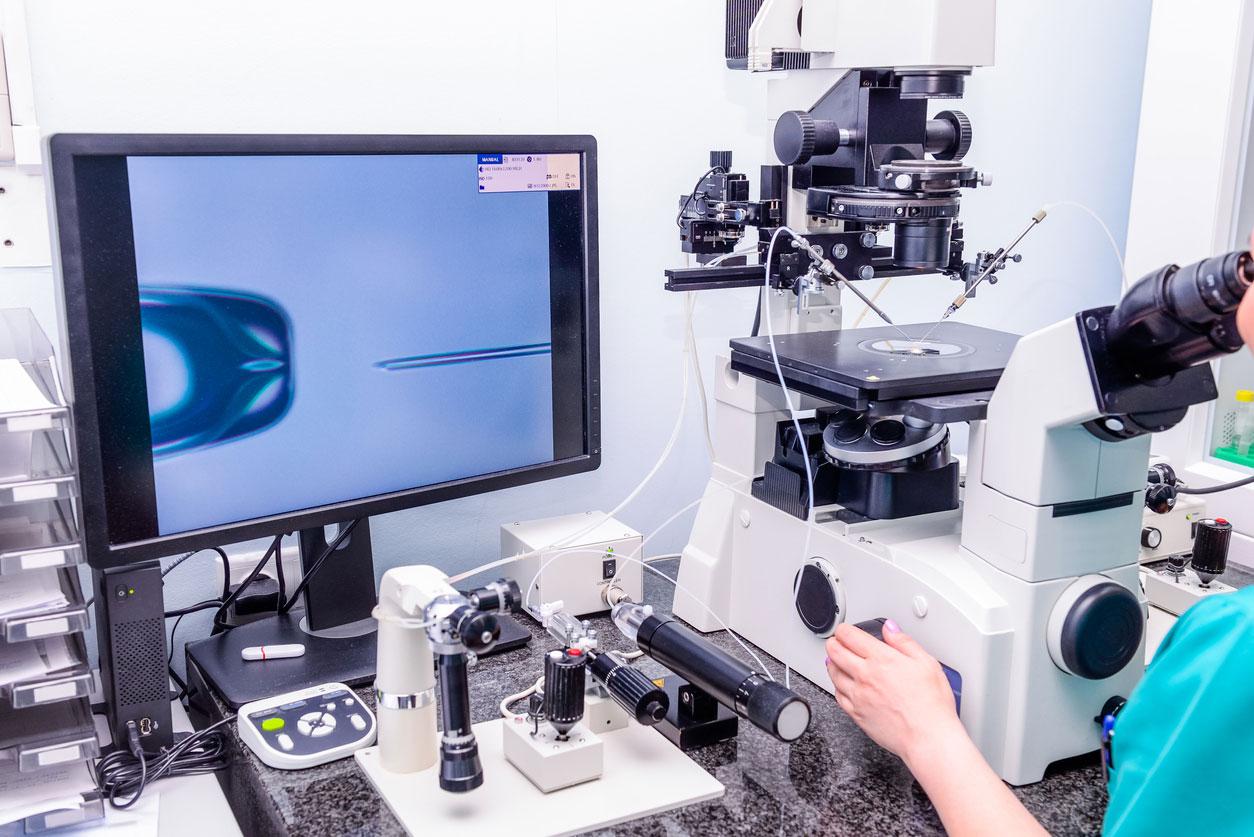
What Are the Risks of Artificial Insemination?
In fact, there are certain risks. The first one is related to the method by which eggs are obtained. Since eggs never leave a woman’s body, they are in a woman’s pelvic cavity. They form in and ovulate there, and, unfortunately, if they’re not inseminated, they expire there. So in order to fertilize eggs in a laboratory, they have to somehow get into that lab. Accordingly, we must perform an ovarian puncture, aspirate follicular fluid, find eggs, wash them, and perform artificial insemination under the conditions of embryo-laboratory. Some women may be too sensitive to the procedure. Here, we enter the scene, and we’re doing a thorough medical examination of the woman.
Other complications may be the effects of the medications themselves. For instance, allergic reactions — no one is immune from them. Even vitamins can cause allergic reactions. Then there is an ovarian hyperstimulation syndrome, which rarely but still may occur. It’s when a woman responds with the rapid growth of a follicle, and even small doses of hormonal stimulants can trigger this syndrome. But it’s also treated in hospital.
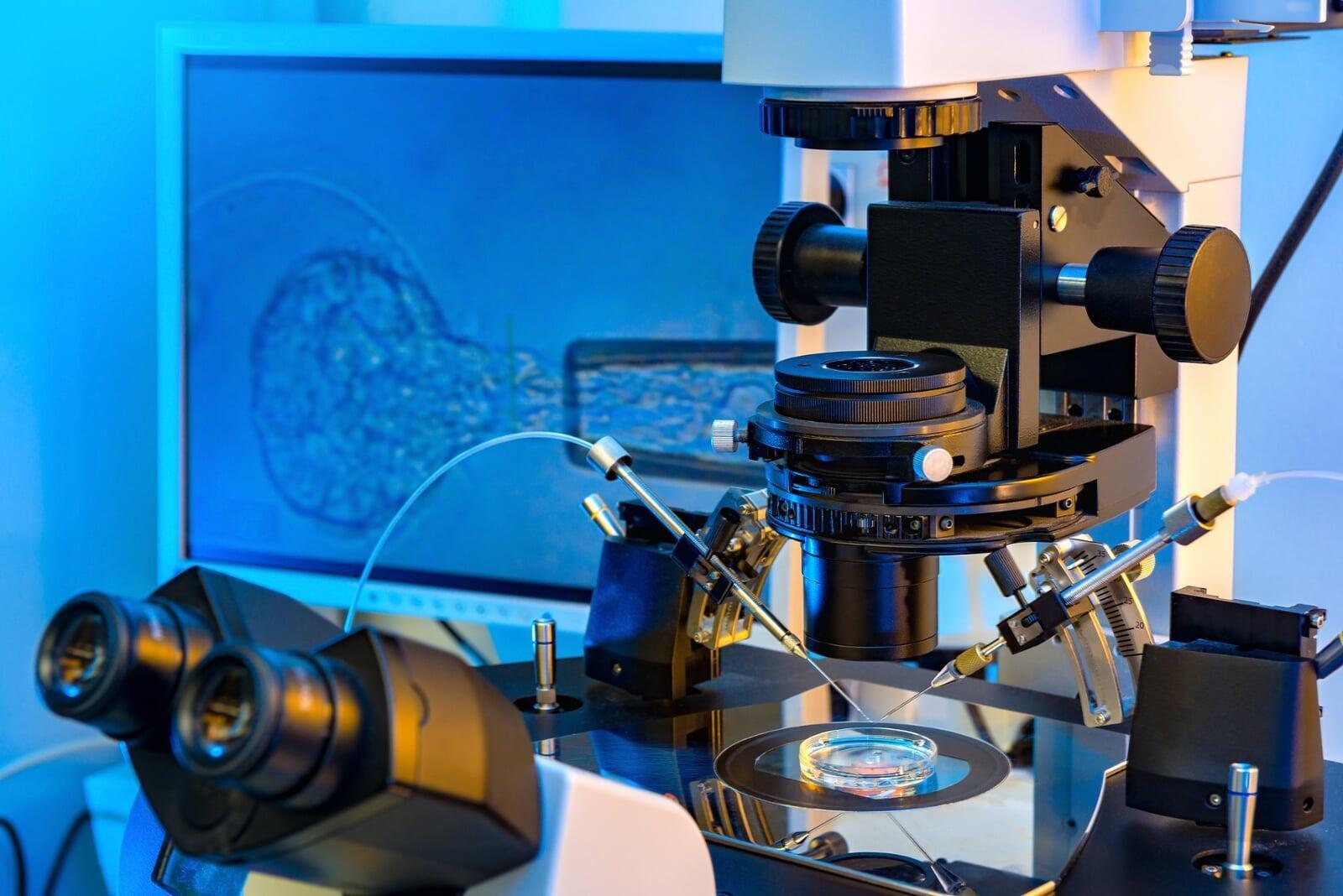
How Can a Woman Protect Herself From These Risks?
In such cases, we prescribe more frequent appointments with a doctor. We perform ovarian ultrasound tests more frequently, monitor free fluid in the low pelvis and specific blood-formula tests, and determine the woman’s condition and react accordingly to get her out of the situation as efficiently as possible.

How Much Sperm Is Required for Getting Pregnant?
Usually, more than 2 ml of sperm must contain over 15-20 million per milliliter of spermatozoa concentration. Their total activity must exceed 50%. However, it is not only the number of spermatozoa per portion that we consider. We also examine their mobility. This is another criterion by which we evaluate it. And, of course, the anatomy of the spermatozoon itself. I mean, the morphology: whether it has a proper head, whether its midpiece is twisted, and whether it has one or two tails. These are the factors that also affect fertility.
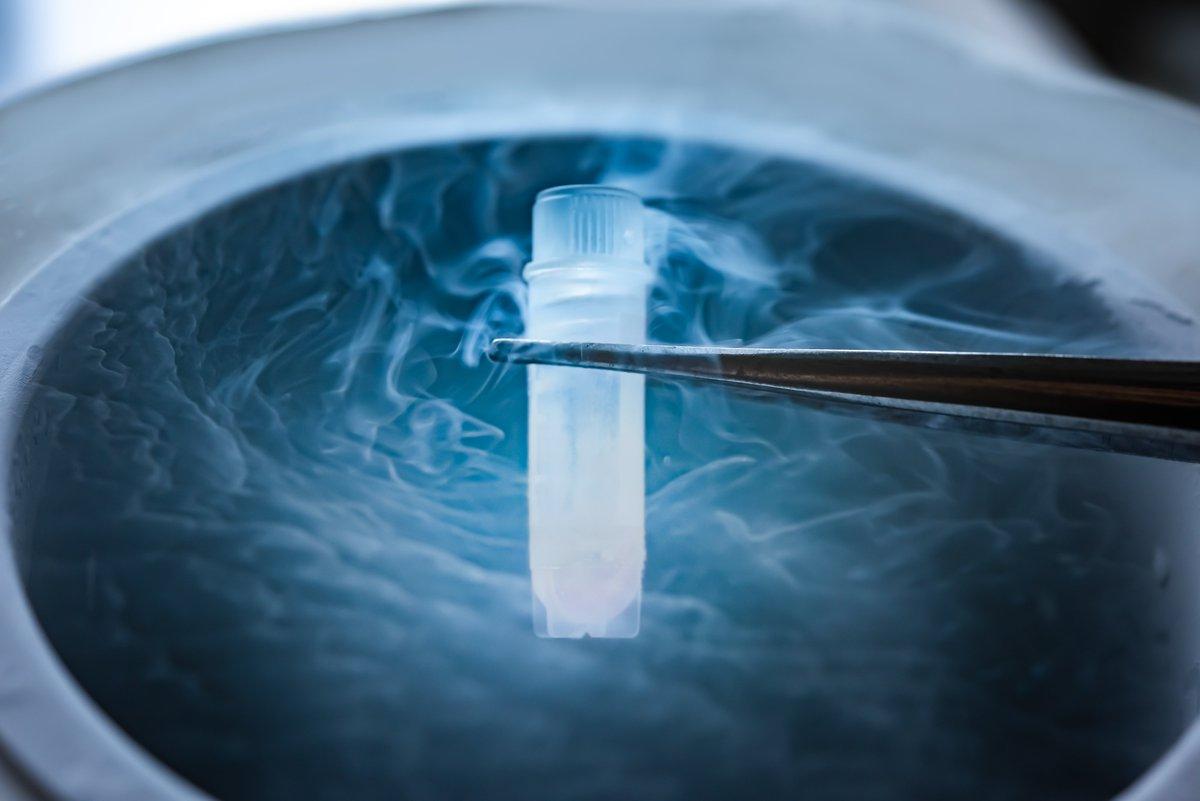
How Long Does It Take to Get Pregnant Through Artificial Insemination?
Some patients make it right from the first try, and one menstrual cycle we work with turns out to be successful. However, some couples have been trying for years, but they still can’t get pregnant. So every journey is unique. We do everything we can to succeed from the first attempt.
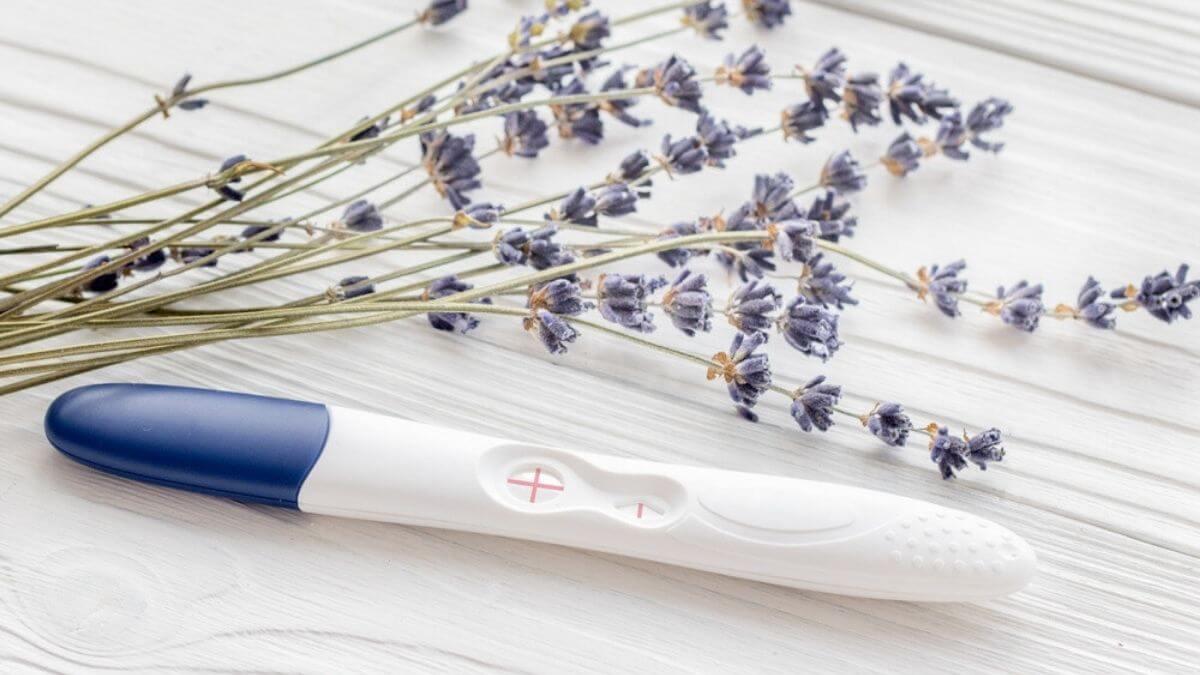
Olga Sylayeva M.D.
сhief obstetrician-gynecologist, reproductive therapist
Dr. Silayeva specializes in fertility treatments using assisted reproductive technologies, IVF, egg donation, and surrogфcy programs. Thanks to her, many families achieved their dream and were finally able to hold their children.
